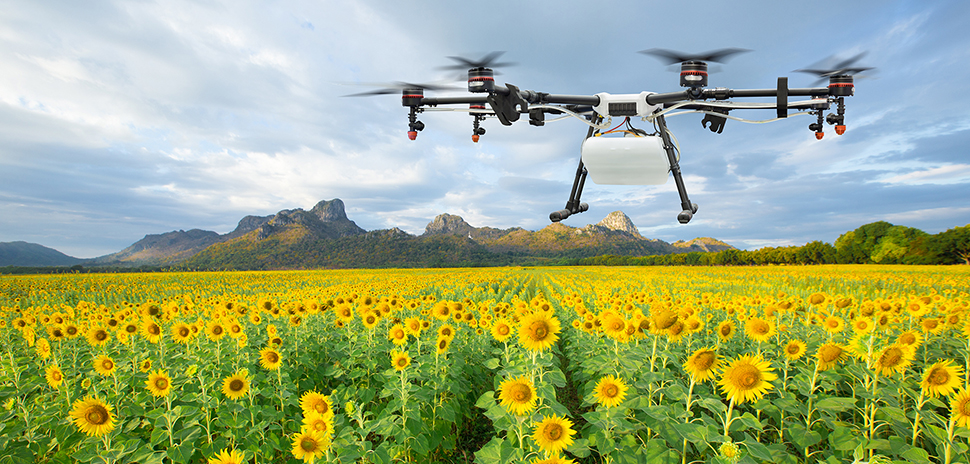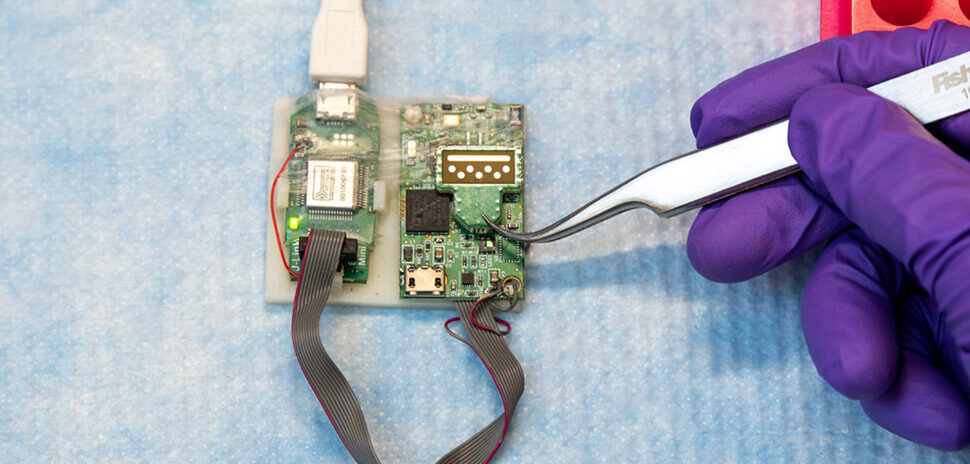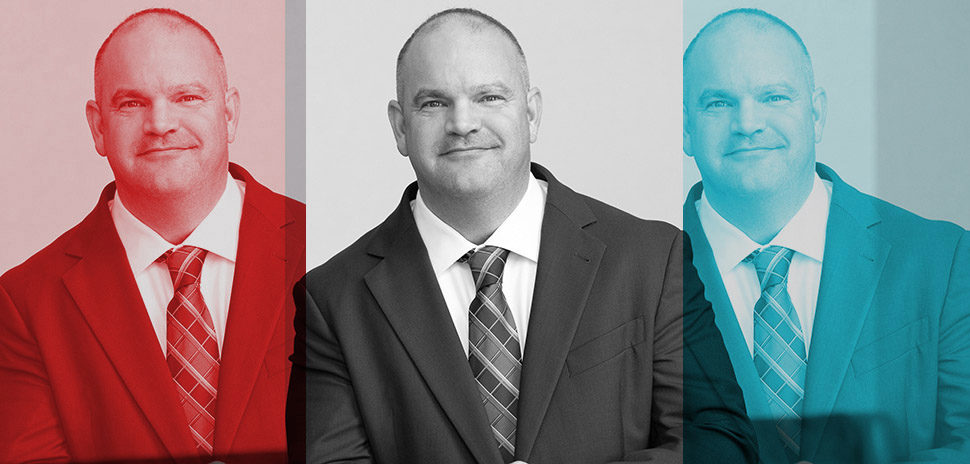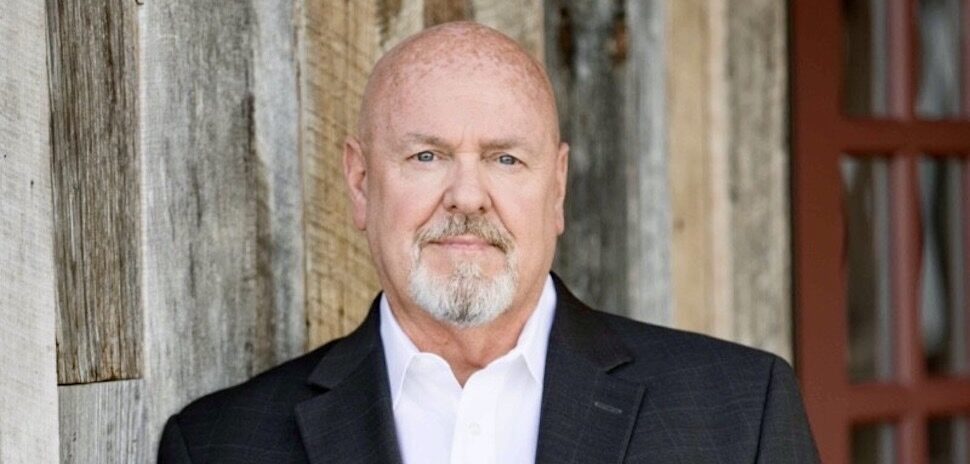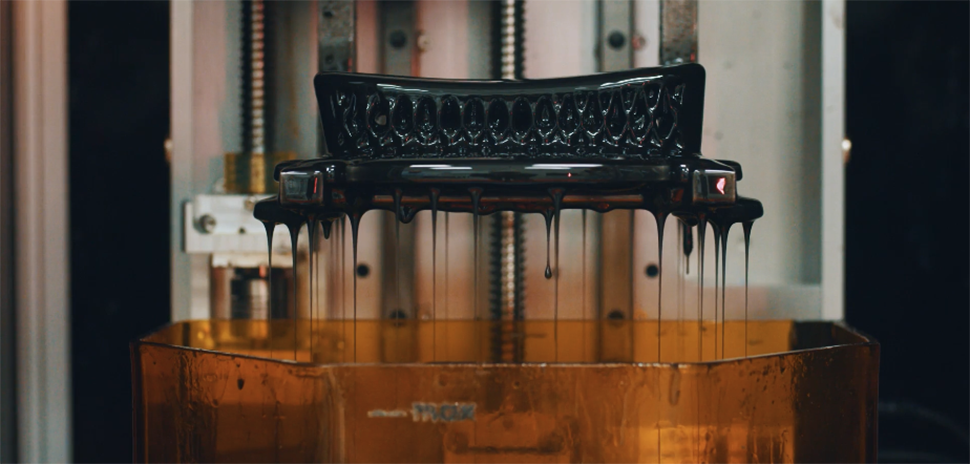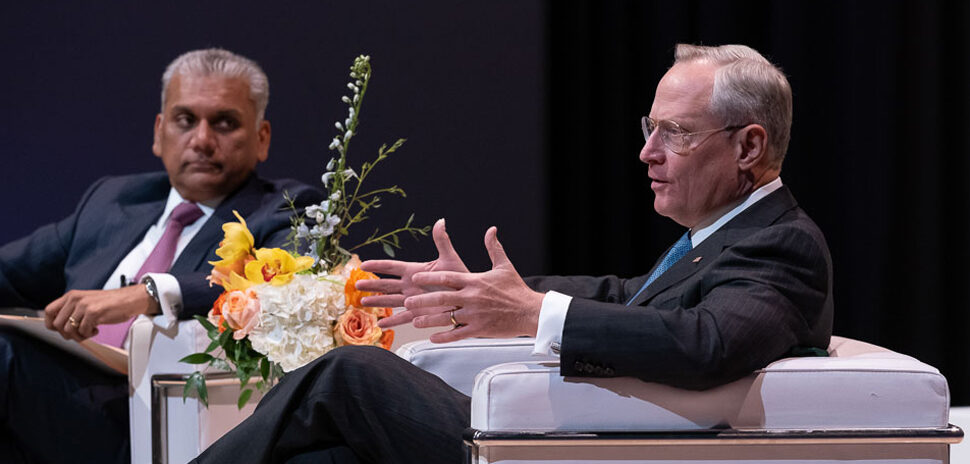![]() Every week, we do a little research of our own. We’re looking for scientists, professors, engineers, entrepreneurs—anybody, really—engaging in research and development across North Texas.
Every week, we do a little research of our own. We’re looking for scientists, professors, engineers, entrepreneurs—anybody, really—engaging in research and development across North Texas.
There’s plenty of good work being done. If you want to put R&D under your microscope, sign up for our e-newsletter.
UTA collaborates on high-tech agriculture project using grant
A four-year, $295,000 grant from the U.S. Department for an Alliance for Smart Agriculture Project in the Internet of Things Era project will help a math professor at the University of Texas at Arlington prepare graduate and undergraduate students for data-based careers in agriculture-related field, UT Arlington said in a release.
The professor, Jianzhong Su, chairman of the Department of Mathematics will lead the UTA project in collaboration with the University of Texas at El Paso and New Mexico State University in Las Cruces to implement activities funded by the grant. UTEP’s Heidi Taboada, associate dean for research and graduate studies at the university’s College of Engineering, is principal investigator.
The first project will look at how drones can enhance agriculture.
“We’ve already recruited four students and are pursuing research in three different directions,” Su said in a statement. “The first research project is with Nick Fang [an assistant professor in the UTA civil engineering department], and we’ll be looking at using unmanned aircraft vehicles, or drones, to take images of the agricultural fields while collecting a large amount of data that will help farmers to know ground moisture levels and crop growth.”
UTA’s Herb Booth tells us more about the project here.
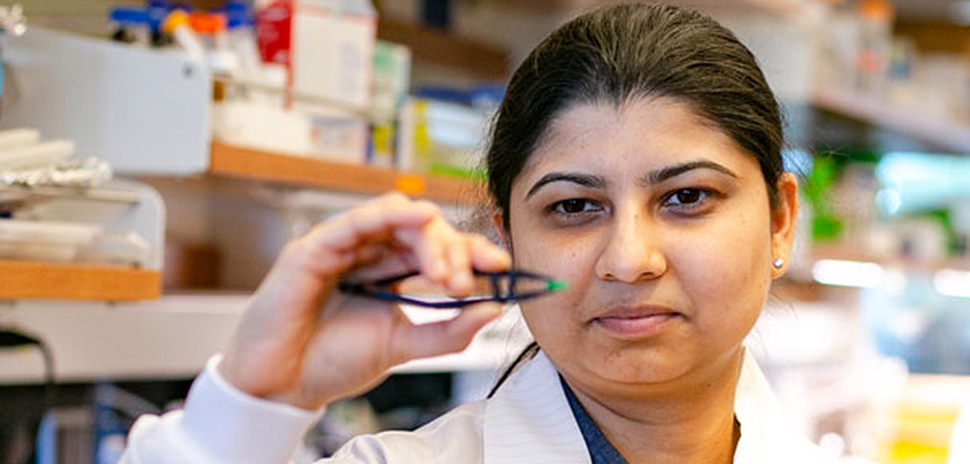
Doctoral student Ashlesha Bhide holds a sensing element for the new carbon dioxide and humidity sensor that she has built in the lab of Dr. Shalini Prasad. The sensor uses room temperature ionic liquid (RTIL) to create a long-lasting, cost-effective sensor. [Photo Courtesy UT Dallas]
Soap bubble bursts forth idea for CO2, humidity sensor
It all started with a soap bubble while washing dishes. Now a team of researchers of the University of Texas at Dallas has taken the idea spawned during that chore and created a first-of-its-kind sensor for real-time measurements of carbon dioxide and relative humidity for use in such things as high-tech manufacturing and building environments.
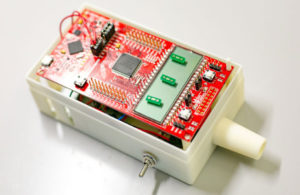
The sensor prototype. [Photo Courtesy UT Dallas]
“One evening, I was washing dishes, having used a lot of cooking oil. This oil had encapsulated some food particles in a pan. The food stayed trapped in this bubble even as I applied more and more water pressure. I eventually had to poke it with a fork,” said Prasad. “That got my mind trying to mimic this behavior in something I could use. And that, in essence, is how an RTIL sensor grabs and suspends the sample it collects, keeping it unchanged under pressure.”
A recently published paper in the Journal of Solid State Science and Technology, and another in ECS Transactions, detail how how room temperature ionic liquid (RTIL) could be an unusual, electrochemical-sensing element.
RTILs—which date back to the 1960s in chemistry applications for lubricants and batteries—are gels made from molten salt that allow a sensor to perform at a high level for a long time because of its high thermal stability and low volatility.
“As environmental concerns continue to mount, we’re seeking new ways to monitor atmospheric conditions,” said Shalini Prasad, Cecil H. and Ida Green Professor in Systems Biology Science and the interim department head of bioengineering in the Erik Jonsson School of Engineering and Computer Science. “With this prototype, we’ve created something appropriate for usage in automobile and smart-phone manufacturing, as well as in the monitoring of energy-efficient buildings—all enabled through the internet of things.”
The UTD researchers tracked the effects of carbon dioxide concentrations and relative humidity levels across temperatures on three RTILs, and demonstrated the liquids are a viable, low-energy solution. Find out more here.
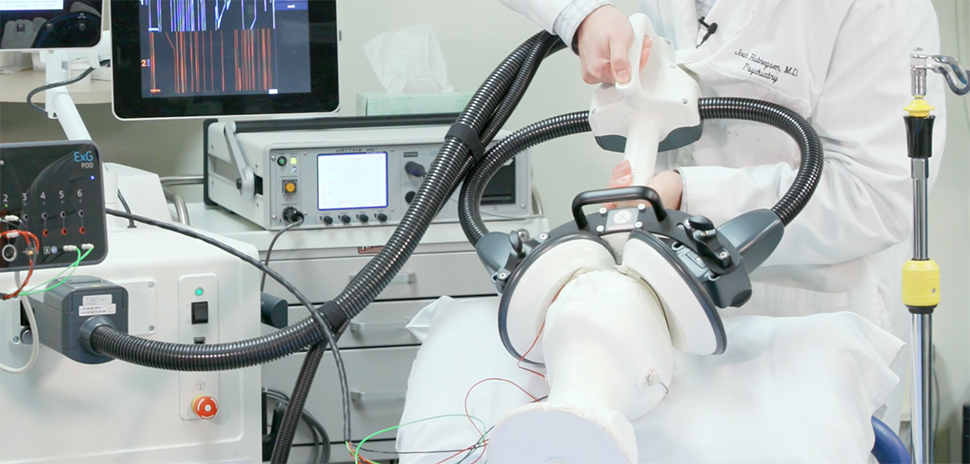
UT Southwestern is studying MST as another way to treat depression. [Photo UT Southwestern video]
UT Southwestern studies magnets as depression treatment
Magnets and mental health—do they belong together?
UT Southwestern Medical Center is collaborating with the University of Toronto Centre for Addiction and Mental Health in a five-year clinical trial funded by the National Institute of Mental Health to determine if an alternative approach to electoconvulsive therapy (ECT) is effective. ECT has been associated with temporary memory loss in patients.
“I hope, one day, MST will become an available treatment for our severely depressed, melancholic, catatonic, even acutely suicidal patients.”
Dr. Mustafa M. Husain
UT Southwestern is the only clinical trial site in the U.S. looking at whether magnetic seizure therapy (MST), if effective, could bring a new era in depression treatment that can help save lives and restore people to happy, fulfilling lives.
MST is similar in application to ECT but uses magnetic fields rather than electric currents to induce controlled seizures. UTSW said that scientists believe that because the MST creates a more focused seizure, it has fewer effects on cognition.
“Both ECT and MST treatments are very different than what we saw in ‘One Flew Over the Cuckoo’s Nest,’” said Dr. Mustafa M. Husain, principal Investigator for the U.S. portion of the trial. He was referring to the 1975 film that depicted a patient receiving violent seizures from shock therapy. “I hope, one day, MST will become an available treatment for our severely depressed, melancholic, catatonic, even acutely suicidal patients.”
You can find out more in James Beltran’s report here.
READ NEXT
Discovery: Intense Exercise by Men No Risk, UTSW Says; UTD Initiatives Seek Funding Boost
![]()
Get on the list.
Dallas Innovates, every day.
Sign up to keep your eye on what’s new and next in Dallas-Fort Worth, every day.

